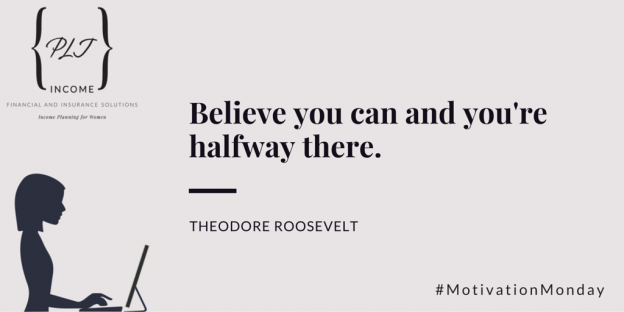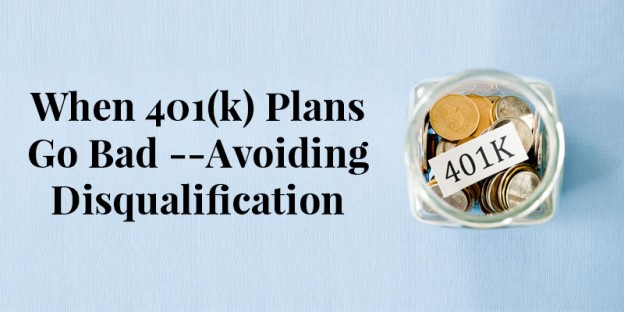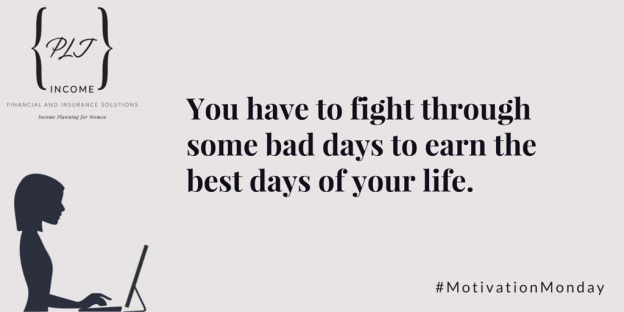Over the past few decades, a field has emerged that examines how human psychological factors influence economic and financial decisions. Understanding these biases may help you avoid questionable calls in the heat of the financial moment.
Traditional economic models are based on a simple premise: people make rational financial decisions that are designed to maximize their economic benefits. In reality, however, most humans don’t make decisions based on a sterile analysis of the pros and cons. While most of us do think carefully about financial decisions, it is nearly impossible to completely disconnect from our “gut feelings,” that nagging intuition that seems to have been deeply implanted in the recesses of our brain.
Over the past few decades, another school of thought has emerged that examines how human psychological factors influence economic and financial decisions. This field–known as behavioral economics, or in the investing arena, behavioral finance–has identified several biases that can unnerve even the most stoic investor. Understanding these biases may help you avoid questionable calls in the heat of the financial moment.
Sound familiar?
Following is a brief summary of some common biases influencing even the most experienced investors. Can you relate to any of these?
- Anchoring refers to the tendency to become attached to something, even when it may not make sense. Examples include a piece of furniture that has outlived its usefulness, a home or car that one can no longer afford, or a piece of information that is believed to be true, but is in fact, false. In investing, it can refer to the tendency to either hold an investment too long or place too much reliance on a certain piece of data or information.
- Loss-aversion bias is the term used to describe the tendency to fear losses more than celebrate equivalent gains. For example, you may experience joy at the thought of finding yourself $5,000 richer, but the thought of losing $5,000 might provoke a far greater fear. Similar to anchoring, loss aversion could cause you to hold onto a losing investment too long, with the fear of turning a paper loss into a real loss.
- Endowment bias is also similar to loss-aversion bias and anchoring in that it encourages investors to “endow” a greater value in what they currently own over other possibilities. You may presume the investments in your portfolio are of higher quality than other available alternatives, simply because you own them.
- Overconfidence is simply having so much confidence in your own ability to select investments for your portfolio that you might ignore warning signals.
- Confirmation bias is the tendency to latch onto, and assign more authority to, opinions that agree with your own. For example, you might give more credence to an analyst report that favors a stock you recently purchased, in spite of several other reports indicating a neutral or negative outlook.
- The bandwagon effect, also known as herd behavior, happens when decisions are made simply because “everyone else is doing it.” For an example of this, one might look no further than a fairly recent and much-hyped social media company’s initial public offering (IPO). Many a discouraged investor jumped at that IPO only to sell at a significant loss a few months later. (Some of these investors may have also suffered from overconfidence bias.)
- Recency bias refers to the fact that recent events can have a stronger influence on your decisions than other, more distant events. For example, if you were severely burned by the market downturn in 2008, you may have been hesitant about continuing or increasing your investments once the markets settled down. Conversely, if you were encouraged by the stock market’s subsequent bull run, you may have increased the money you put into equities, hoping to take advantage of any further gains. Consider that neither of these perspectives may be entirely rational given that investment decisions should be based on your individual goals, time horizon, and risk tolerance.
A negativity bias indicates the tendency to give more importance to negative news than positive news, which can cause you to be more risk-averse than appropriate for your situation.
An objective view can help
The human brain has evolved over millennia into a complex decision-making tool, allowing us to retrieve past experiences and process information so quickly that we can respond almost instantaneously to perceived threats and opportunities. However, when it comes to your finances, these gut feelings may not be your strongest ally, and in fact may work against you. Before jumping to any conclusions about your finances, consider what biases may be at work beneath your conscious radar. It might also help to consider the opinions of an objective third party who could help identify any biases that may be clouding your judgment.
Important Disclosure











